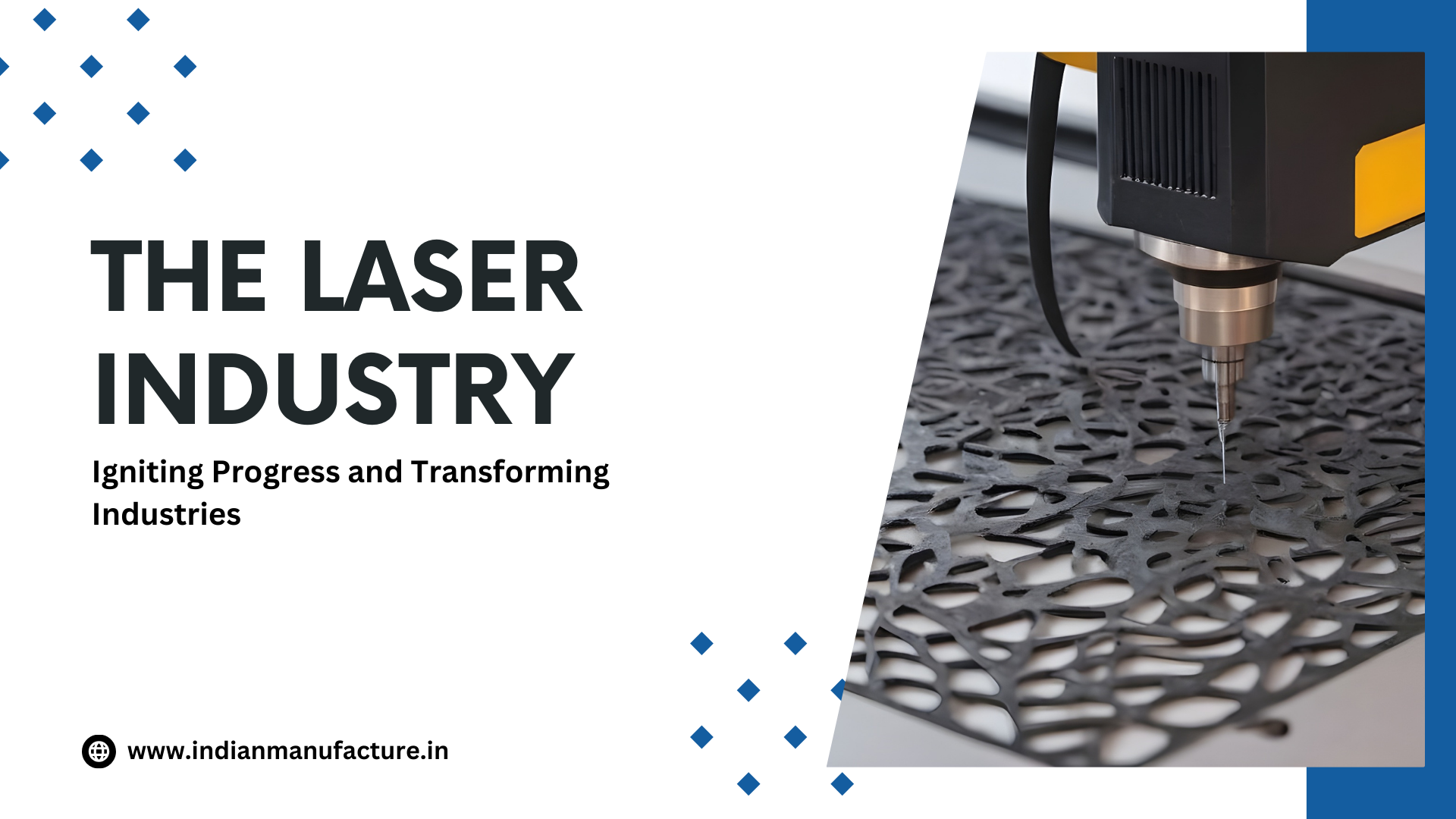Introduction:
In a world where innovation reigns supreme, there exists a powerful industry that has revolutionized various sectors with its cutting-edge technology. The laser industry, with its remarkable advancements in fiber laser technology, has become a catalyst for growth and development. From cutting and marking to welding different metal sheets, fiber laser machines have paved the way for a new era of efficiency and precision. Let’s delve into this fascinating realm and explore how lasers are shaping the future of industries worldwide.
Advantages of Fiber Laser Technology:
The advent of fiber laser technology has brought forth a multitude of advantages, making it an indispensable tool across a wide range of industries. Here are some key advantages:
- High Precision: Fiber lasers offer an unprecedented level of precision, allowing for intricate cuts and markings on various materials. This precision is particularly crucial in industries such as electronics, where intricate circuitry demands utmost accuracy.
- Enhanced Speed and Efficiency: Fiber lasers operate at incredibly high speeds, enabling faster production cycles. Their efficiency in cutting, marking, and welding processes ensures increased productivity, saving both time and resources.
- Versatility Across Industries: Fiber lasers have found their place in diverse industries, including fabrication and medical fields. In the fabrication industry, they enable seamless cutting and welding of metal sheets, resulting in superior quality products. In the medical field, fiber lasers play a crucial role in manufacturing stents, ensuring precision and reliability.
- Cost-Efficient and Environmentally Friendly: Fiber lasers consume less energy compared to traditional laser technologies, making them more cost-efficient and environmentally friendly. Their reduced power consumption translates to lower operational costs and a smaller carbon footprint, aligning with sustainable manufacturing practices.
Government Aims and Prospects:
Recognizing the immense potential of the laser industry, governments worldwide have set ambitious targets to foster its growth. Consider the following data from the Indian government:
The Indian government aims to achieve a turnover of US $25 billion, including an export of US $5 billion, in the aerospace and defense goods and services by 2025. Moreover, potential contracts worth US $57.2 billion are estimated for the domestic industry between 2025 and 2027. These initiatives aim to encourage startups and micro, small, and medium enterprises (MSMEs) to actively participate in defense research and development (R&D), aligning with the Atmanirbhar Bharat goal. Lasers are poised to be pivotal elements in the production processes of defense equipment, including cutting, welding, cladding, and additive manufacturing.
The Future of the Laser Industry:
As we look ahead, the future of the laser industry appears incredibly promising. With ongoing advancements in fiber laser technology, we can expect even greater precision, speed, and versatility. The industry’s continuous evolution will undoubtedly lead to further breakthroughs in various sectors, expanding its reach beyond current applications.
Conclusion:
The laser industry has become a driving force behind innovation and progress, transforming the way we manufacture, fabricate, and heal. The advent of fiber laser technology has revolutionized multiple industries with its advantages in precision, speed, versatility, and sustainability. Moreover, government initiatives aimed at nurturing this sector further fuel its growth and potential. As we embrace the future, the laser industry will continue to shape our world, unlocking new possibilities and propelling us towards a brighter tomorrow.
